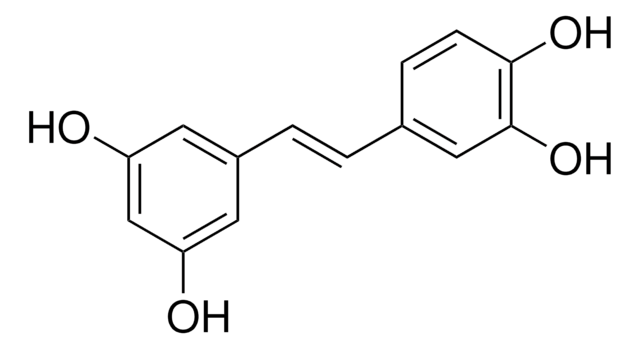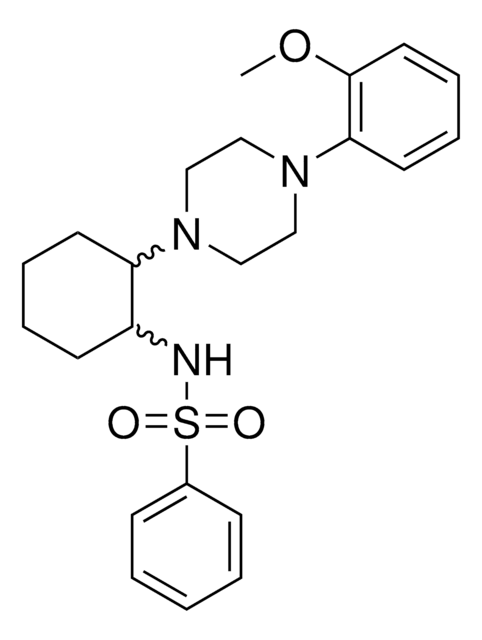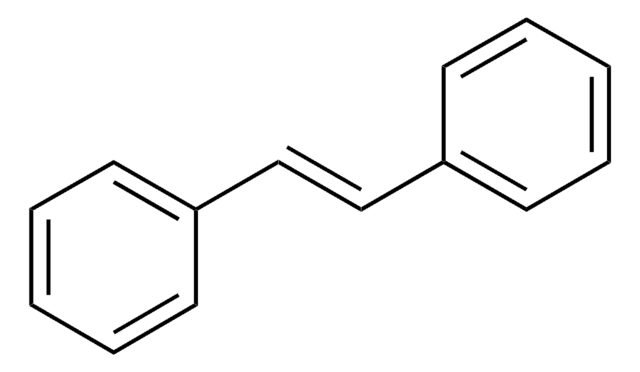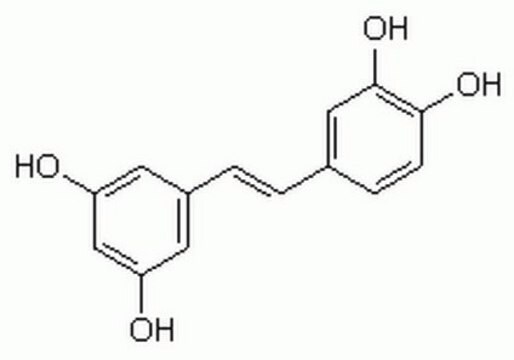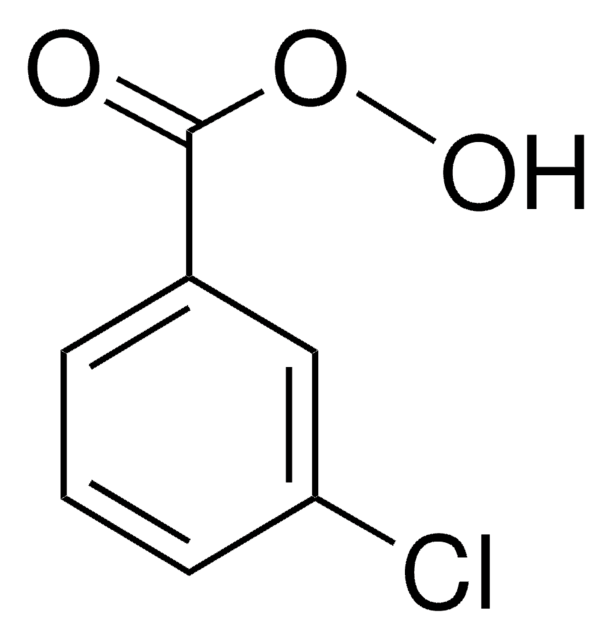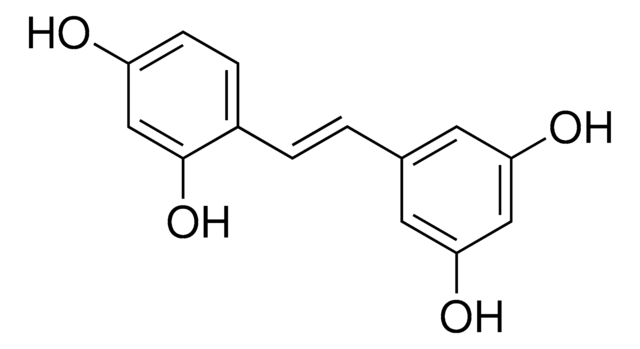Kluczowe dokumenty
SML0384
Eicosapentaenoyl ethanolamide
5 mg/mL in absolute ethanol, ≥98% (HPLC)
Synonim(y):
(5Z,8Z,11Z,14Z,17Z)-N-(2-Hydroxyethyl)-5,8,11,14,17-eicosapentaenamide, EPEA
About This Item
Polecane produkty
Próba
≥98% (HPLC)
Formularz
solution
kontrola substancji
regulated under CDSA - not available from Sigma-Aldrich Canada
warunki przechowywania
protect from light
under inert gas
stężenie
5 mg/mL in absolute ethanol
kolor
light yellow
temp. przechowywania
−20°C
ciąg SMILES
CC\C=C/C\C=C/C\C=C/C\C=C/C\C=C/CCCC(=O)NCCO
InChI
1S/C22H35NO2/c1-2-3-4-5-6-7-8-9-10-11-12-13-14-15-16-17-18-19-22(25)23-20-21-24/h3-4,6-7,9-10,12-13,15-16,24H,2,5,8,11,14,17-21H2,1H3,(H,23,25)/b4-3-,7-6-,10-9-,13-12-,16-15-
Klucz InChI
OVKKNJPJQKTXIT-JLNKQSITSA-N
Działania biochem./fizjol.
Inne uwagi
Kod klasy składowania
10 - Combustible liquids
Klasa zagrożenia wodnego (WGK)
WGK 3
Temperatura zapłonu (°F)
Not applicable
Temperatura zapłonu (°C)
Not applicable
Wybierz jedną z najnowszych wersji:
Certyfikaty analizy (CoA)
Nie widzisz odpowiedniej wersji?
Jeśli potrzebujesz konkretnej wersji, możesz wyszukać konkretny certyfikat według numeru partii lub serii.
Masz już ten produkt?
Dokumenty związane z niedawno zakupionymi produktami zostały zamieszczone w Bibliotece dokumentów.
Nasz zespół naukowców ma doświadczenie we wszystkich obszarach badań, w tym w naukach przyrodniczych, materiałoznawstwie, syntezie chemicznej, chromatografii, analityce i wielu innych dziedzinach.
Skontaktuj się z zespołem ds. pomocy technicznej

